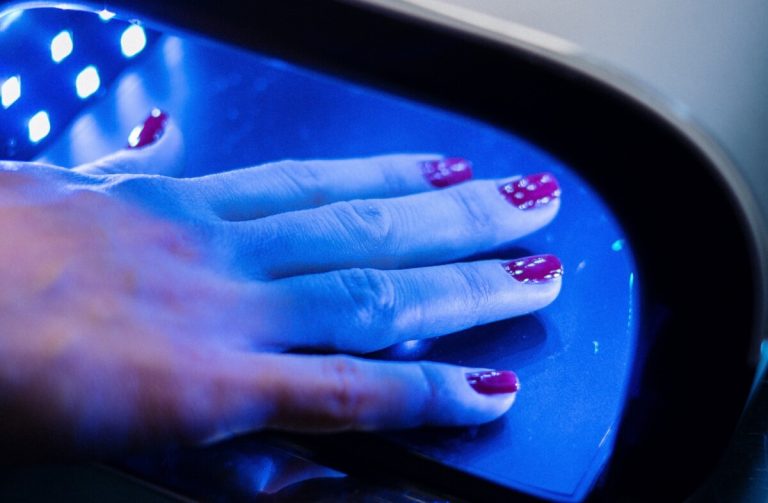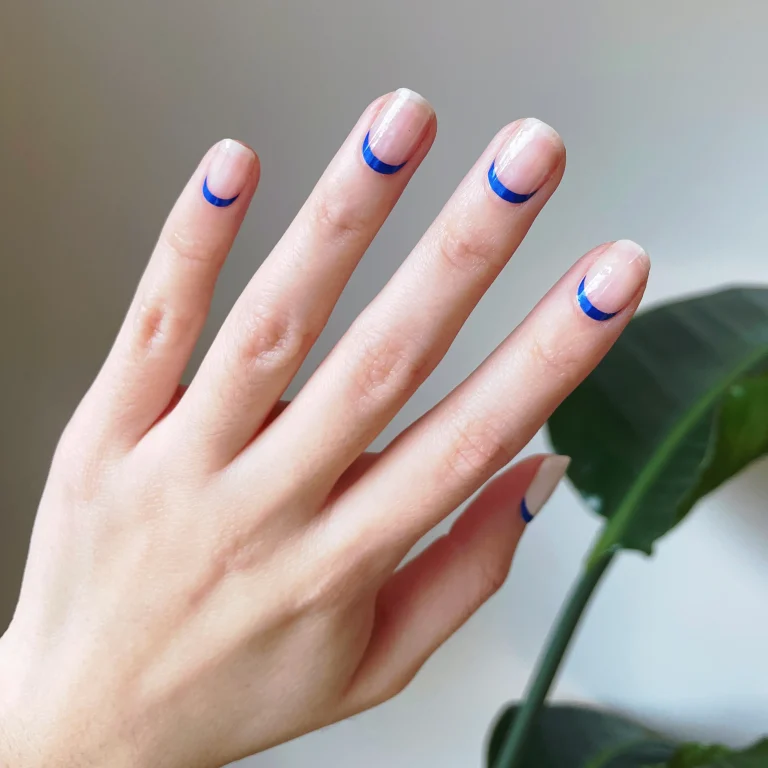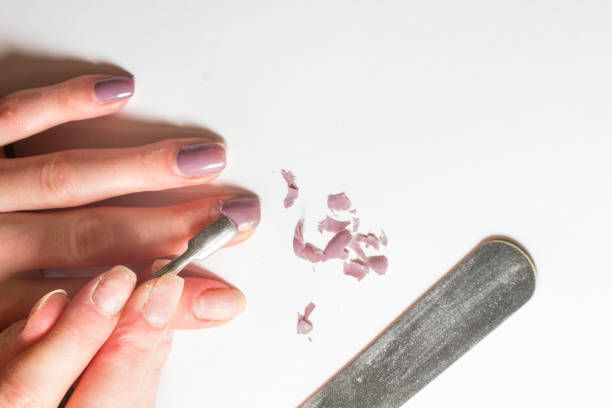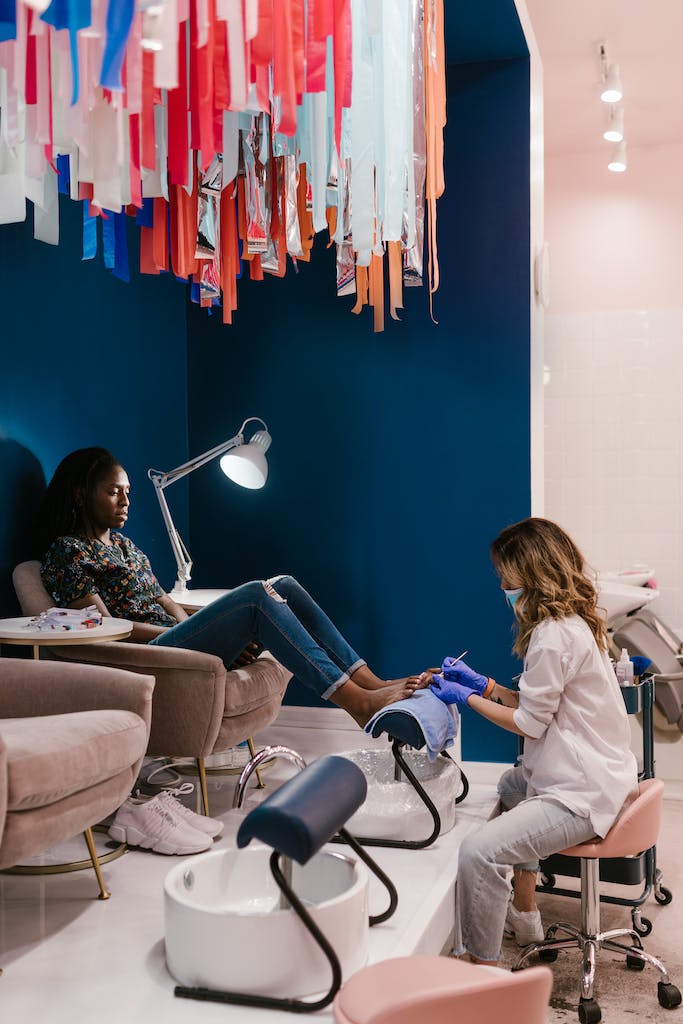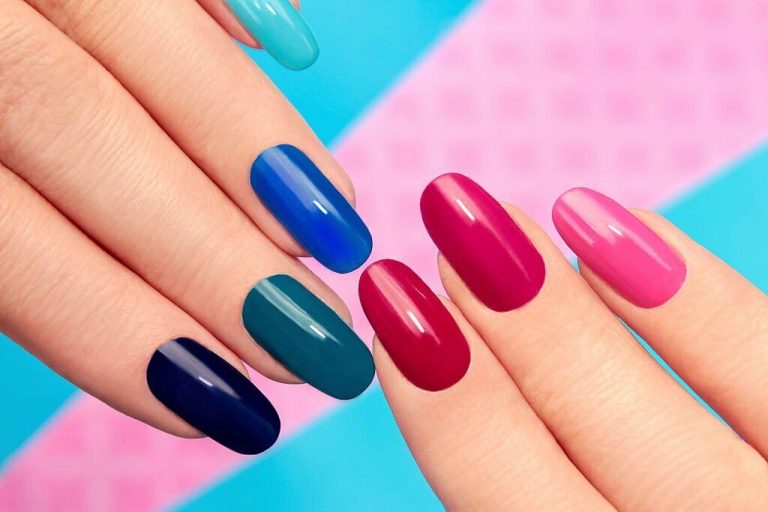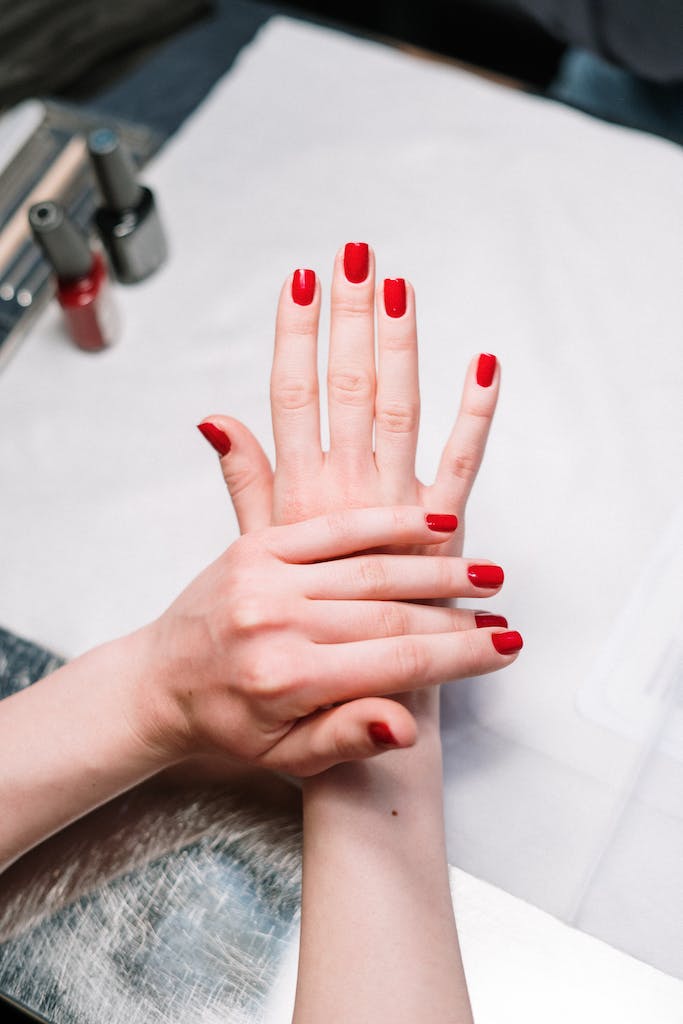Why Do My Cuticles Itch? Causes and Treatments
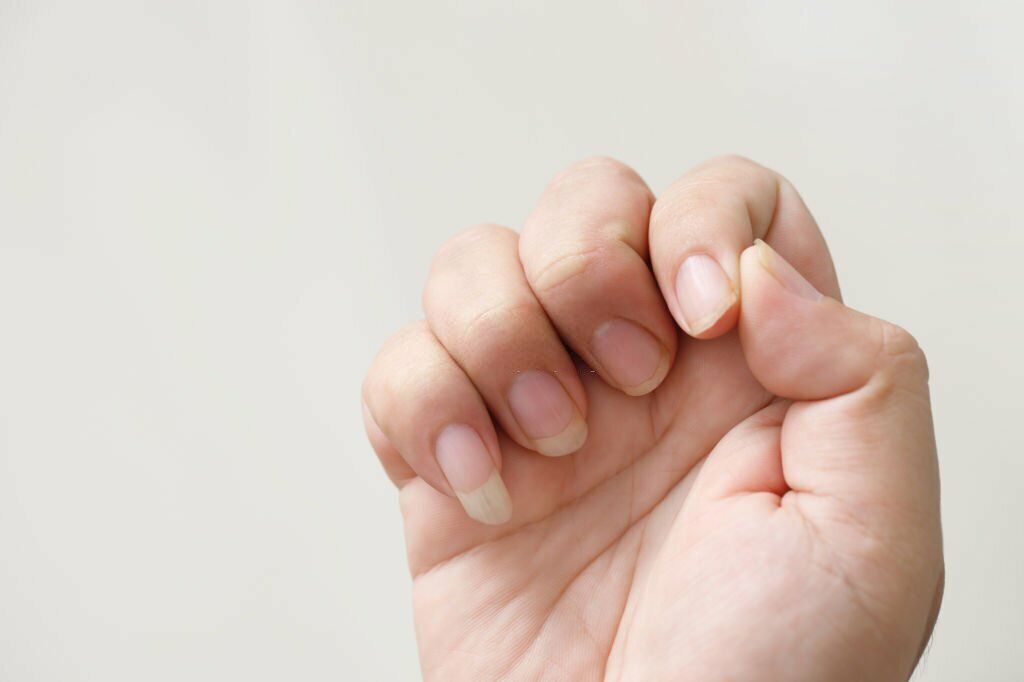
Itchy, irritated cuticles can be an annoying and uncomfortable problem for anyone. As someone who enjoys having nicely manicured nails, I often find myself dealing with dry, cracked cuticles that just won’t stop itching.
If you also suffer from chronically itchy cuticles, you’re probably wondering what causes this irritating issue and how to find relief. In this article, I’ll explore the top reasons cuticles itch and provide helpful tips to soothe the irritation and prevent it from coming back.
Top Reasons Why Your Cuticles Itch
Contents
There are a few key culprits that cause cuticles to become irritated and itchy:
Allergic Reactions
One of the most common reasons for itchy cuticles is an allergic reaction to certain products or chemicals. Our cuticles are very sensitive and can easily become inflamed when they come in contact with an irritant.
During manicure sessions, there are many products applied that can potentially cause an allergic reaction. The ingredients in polishes, primers, glues, removers and enhancements can all seep into the cuticle area and create redness and itching. Acrylics, gels and dip powders often contain harsh chemicals that sensitive skin reacts negatively to.
Using nail products excessively or choosing low-quality options increases the chances of developing an allergy. Watch for symptoms like swollen, red and itchy skin around the nails and consult your doctor if it persists. Switching products could solve the problem.
Dryness
Lack of moisture is another key factor for itchy cuticles. When cuticles dry out, they become more prone to cracking, irritation and infection. Properly hydrating your cuticles is important to keep them soft and healthy.
Ignoring your cuticles and letting them become dry and shriveled can cause problems. The cuticle acts as a protective barrier, so when they wrinkle and detach from the nail plate, it exposes new nail growth and allows bacteria or fungus to enter.
Dry, itchy cuticles can also lead to more serious issues like hangnails or painful splits around the nails. It’s essential to treat dehydrated cuticles with creams, oils or moisturizing soaks to prevent worsening of symptoms.
Infection
Bacterial, viral and fungal infections can all cause inflamed, itchy cuticles. Yeasts and molds thrive in the warm, moist environment under the nail and can infect the cuticle skin. Long nails allow more surface area for bacteria and grime to accumulate.
Improper nail care can also introduce new infections. Cutting cuticles leaves them vulnerable to outside contaminants. And cutting nails too short or filing aggressively can damage the seals of skin around the nails. This gives infections a pathway in.
Once an infection takes hold, it can spread and quickly multiply. This stimulates inflammation and leads to red, swollen, itchy cuticles. Seeking prompt treatment is key before the infection worsens.
Reactions to Artificial Nails
Getting enhancements like acrylics, gel polish or dip powders can unfortunately lead to irritated, itchy cuticles for some. The chemicals in these manufactured nail products can cause negative reactions in sensitive individuals.
Applying artificial nails also pushes back the cuticles, which can dry them out. And as the attachments grow out, they put pressure on the cuticle that can lead to inflammation and itching where the natural nail meets the fake tip.
Chemical leftovers from artificial nails can make the natural nails brittle and dry. These chemicals can seep into the cuticles as well, causing contact dermatitis symptoms like redness, swelling, flaking skin and uncontrollable itching.
To reduce irritation, it’s important to apply a nourishing cuticle cream or moisturizing oil after getting enhancements done. Avoid picking at cuticles, file artificial nails properly and schedule removal once growth is excessive.
Tips to Prevent Itchy Cuticles
If your cuticles tend to itch no matter what, don’t lose hope. There are many effective remedies and preventive steps you can take for relief. Here are some helpful ways to get your cuticles back into healthy shape:
Try DIY Solutions
For minor itching caused by dryness or allergies, there are many natural, DIY treatments you can whip up at home.
- Honey & banana – These ingredients are ultra-moisturizing. Mash together over cuticles, let sit 5 minutes, then rinse.
- Oats & milk – Ground oats exfoliate gently, while milk provides hydration. Make a paste, apply on cuticles 5-10 minutes.
- Oils – Vitamin E, coconut and olive oil are all great emollients. Apply a few drops over nails and massage in nightly.
These treatments boost moisture levels in the skin, curb itching and reduce inflammation. Use them 2-3 times a week for the best results.
Use Warm Water for a Pampering Hand Soak
If itchy cuticles seem to be caused by a bacterial or fungal infection, a warm water soak can help. The heat draws out impurities in the skin and encourages healing.
Simply fill a bowl with warm water and mix in a tablespoon of salt, plus a chamomile tea bag or two. The salt has antiseptic benefits while the chamomile calms skin irritation.
Soak nails for 10-15 minutes, then gently push back cuticles and pat dry. Repeat this therapeutic ritual 2-3 times a day until itchiness subsides. The pampering soak is soothing and also helps soften and exfoliate dead skin cells around the nails.
Ditch the Fake Nails
If your cuticles seem fine until you get acrylics or other artificial nails, it’s best to remove them. The chemicals in fake nails can clearly be causing irritation for sensitive individuals. Don’t try to just “push through” – listening to your body’s signals is important.
Removing enhancements properly is key, so don’t just peel or pick them off at home. Make an appointment with your nail tech to safely dissolve the nails and any remaining adhesive. Be sure to moisturize cuticles after removal while they recover. Let your natural nails breathe before applying any new products.
Moisturize!
The number one solution for combating dry, itchy cuticles is diligent moisturizing care. It’s simple yet highly effective.
Apply a rich, nourishing cuticle cream or oil to your nails a few times a day. Gently push back cuticles after soaking for better absorption. Look for moisturizers with vitamins, botanical oils and butters that deeply hydrate. Shea butter, jojoba oil, vitamin E and aloe vera are all great ingredients to treat parched cuticles.
You can also make homemade cuticle moisturizers by combining ingredients like olive oil, coconut oil, beeswax, shea butter and essential oils like lavender or tea tree oil which have healing properties.
Whatever moisturizer you choose, consistency is key for soft, supple cuticles free of itching. Make moisturizing part of your regular nail care routine. Don’t let your cuticles dry out again!
Conclusion
Itchy, irritating cuticles are never fun to deal with. Understanding the common reasons why cuticles itch gives us clues on how to find relief and prevent it from occurring.
Allergic reactions, dry skin, infections, and artificial nails can all cause red, itchy, inflamed cuticles. But with diligent moisturizing, DIY treatments, and avoiding irritants, you can get your cuticles back into healthy shape. Properly caring for the skin around your nails will keep fingers looking neat and itch-free.
If at-home care doesn’t seem to be helping, consult your dermatologist. They can examine your unique situation and provide professional suggestions tailored to your skin’s needs. Certain prescription creams or oral medications may help resolve very stubborn cases of itchy cuticles.
No one wants to deal with the nuisance of constantly itchy fingers. Luckily there are many effective ways to treat the causes and keep cuticles comfortable. With the right knowledge and solutions, you can successfully troubleshoot what’s behind your itchy cuticles and enjoy nails that look and feel soft, healthy and beautiful!

Founded by Sophia Rodriguez, IGXO Cosmetics is a PETA-certified, cruelty-free, and vegan makeup brand.
